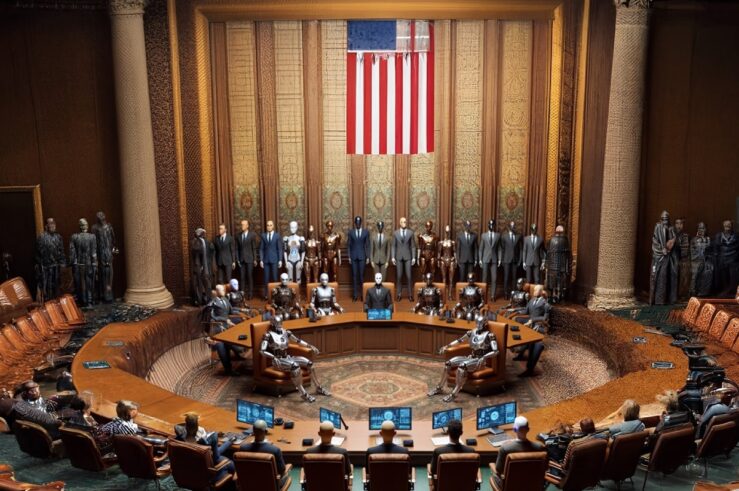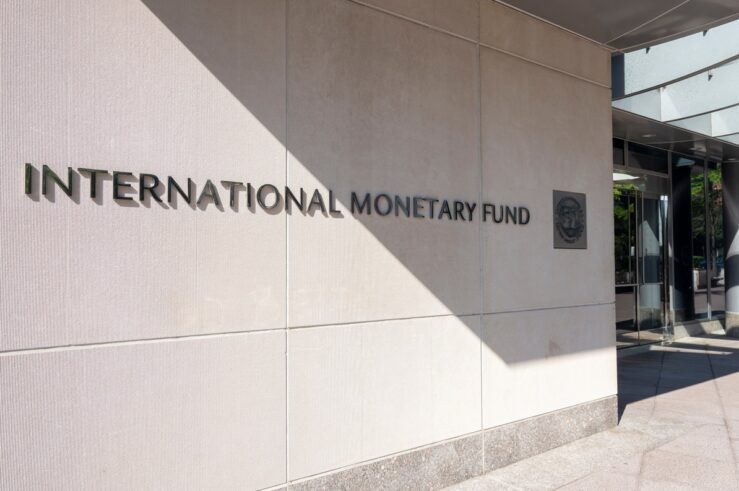
Economists have long recognized that innovation is key to economic growth and vibrant competition. As an Organisation for Economic Co-operation and Development (OECD) report on innovation and growth explains, “innovative activity is the main driver of economic progress and well-being as well as a potential factor in meeting global challenges in domains such as the environment and health. . . . [I]nnovation performance is a crucial determinant of competitiveness and national progress.”
It follows that an economically rational antitrust policy should be highly attentive to innovation concerns. In a December 2020 OECD paper, David Teece and Nicolas Petit caution that antitrust today is “missing broad spectrum competition that delivers innovation, which in turn is the main driver of long term growth in capitalist economies.” Thus, the authors stress that “[i]t is about time to put substance behind economists’ and lawyers’ long time admonition to inject more dynamism in our analysis of competition. An antitrust renaissance, not a revolution, is long overdue.”
Accordingly, before the U.S. Justice Department (DOJ) and Federal Trade Commission (FTC) finalize their new draft merger guidelines, they would be well-advised to take heed of new research that “there is an important connection between merger activity and innovation.” This connection is described in a provocative new NERA Economic Consulting paper by Robert Kulick and Andrew Card titled “Mergers, Industries, and Innovation: Evidence from R&D Expenditures and Patent Applications.” As the executive summary explains (citation deleted):
For decades, there has been a broad consensus among policymakers, antitrust enforcers, and economists that most mergers pose little threat from an antitrust perspective and that mergers are generally procompetitive. However, over the past year, leadership at the FTC and DOJ has questioned whether mergers are, as a general matter, economically beneficial and asserted that mergers pose an active threat to innovation. The Agencies have also set the stage for a substantial increase in the scope of merger enforcement by focusing on new theories of anticompetitive harm such as elimination of potential competition from nascent competitors and the potential for cumulative anticompetitive harm from serial acquisitions. Despite the importance of the question of whether mergers have a positive or negative effect on industry-level innovation, there is very little empirical research on the subject. Thus, in this study, we investigate this question utilizing, what is to our knowledge, a never before used dataset combining industry-level merger data from the FTC/DOJ annual HSR reports with industry-level data from the NSF on R&D expenditure and patent applications. We find a strong positive and statistically significant relationship between merger activity and industry-level innovative activity. Over a three- to four-year cycle, a given merger is associated with an average increase in industry-level R&D expenditure of between $299 million and $436 million in R&D intensive industries. Extrapolating our results to the industry level implies that, on average, mergers are associated with an increase in R&D expenditure of between $9.27 billion and $13.52 billion per year in R&D intensive industries and an increase of between 1,430 and 3,035 utility patent applications per year. Furthermore, using a statistical technique developed by Nobel Laureate Clive Granger, we find that the direction of causality goes, to a substantial extent, directly from merger activity to increased R&D expenditure and patent applications. Based on these findings we draw the following key conclusions:
- There is no evidence that mergers are generally associated with reduced innovation, nor do the results indicate that supposedly lax antitrust enforcement over the period from 2008 to 2020 diminished innovative activity. Indeed, R&D expenditure and patent applications increased substantially over the period studied, and this increase was directly linked to increases in merger activity.
- In previous research, we found that “trends in industrial concentration do not provide a reliable basis for making inferences about the competitive effects of a proposed merger” as “trends in concentration may simply reflect temporary fluctuations which have no broader economic significance” or are “often a sign of increasing rather than decreasing market competition.” This study presents further evidence that previous consolidation in an industry or a “trend toward concentration” may reflect procompetitive responses to competitive pressures, and therefore should not play a role in merger review beyond that already embodied in the market-level concentration screens considered by the Agencies.
- The Agencies should proceed cautiously in pursuing novel theories of anticompetitive harm; our findings are consistent with the prevailing consensus from the previous decades that there is an important connection between merger activity and innovation, and thus, a broad “anti-merger” policy, particularly one pursued in the absence of strong empirical evidence, has the potential to do serious harm by perversely inhibiting innovative activity.
- Due to the link between mergers and innovative activity in R&D intensive industries where the potential for anticompetitive consequences can be resolved through remedies, relying on remedies rather than blocking transactions outright may encourage innovation while protecting consumers where there are legitimate competitive concerns about a particular transaction.
- The potential for mergers to create procompetitive benefits should be taken seriously by policymakers, antitrust enforcers, courts, and academics and the Agencies should actively study the potential benefits, in addition to the costs, of mergers.
In short, the Kulick & Card paper lends valuable empirical support for an economics-based approach to merger analysis that fully takes into account innovation concerns. If the FTC and DOJ truly care about strengthening the American economy (consistent with “President Biden’s stated goals of renewing U.S. innovation and global competitiveness”—see, e.g., here and here), they should take heed in crafting new merger guidelines. An emphasis in the guidelines on avoiding interference with merger-related innovation (taking into account research by such scholars as Kulick, Card, Teece, and Petit) would demonstrate that the antitrust agencies are fully behind President Joe Biden’s plans to promote an innovative economy.




